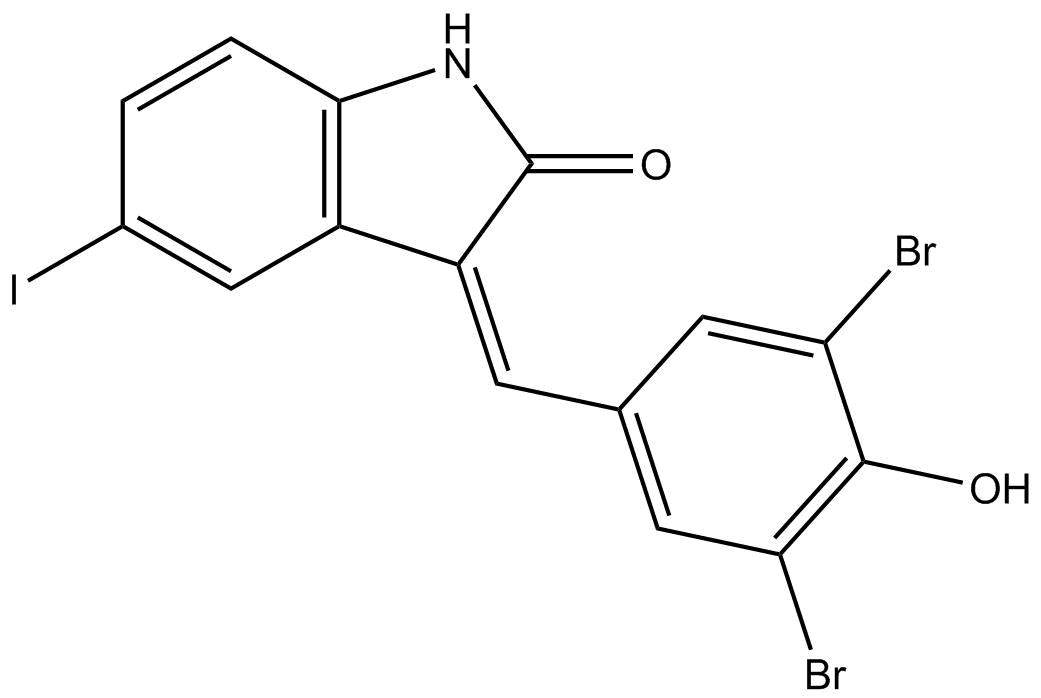Archives
In a plenary session dedicated to new
In a plenary session dedicated to new technologies, Melissa H. Little from the University of Melbourne (Melbourne, Australia), discussed the generation of kidney organoids from hPSCs and posed the question: where to from here? Approximately 10% of Australian\'s suffer from chronic kidney disease, driving the need to better model diseases in the laboratory to dissect etiological mechanisms, screen therapeutic agents and explore the possibility of regenerative applications. Little presented a protocol to differentiate hPSCs into all four kidney progenitor populations (nephron, ureteric epithelial, renal interstitial and endothelial), that could be further directed to form self-organized kidney organoids. Detailed analysis of these 3D organoids identified at least nine different kidney cell types, and transcriptional profiling indicated similarity to that of a first trimester fetal kidney. Functional testing demonstrated that these kidney organoids exhibit some of the actions of an intact kidney, including formation of a purchase tropisetron within the proximal tubules that can absorb nutrients. These structures also express multiple drug transporters that respond to nephrotoxins, making them appropriate for drug screening assays. However, fundamental processes such as blood filtration and urine production are not present and introducing additional steps or bioengineering methods to refine the protocol might expand organoid functionality. Nevertheless, creating kidney organoids from patient-derived iPSCs provides a means to understand and validate novel mutations. One third of kidney diseases are inherited, so recapitulating renal kidney disease in the dish will enable the development of mutation-specific therapies and even correct the mutation using gene editing technologies. Perhaps in the future, corrected kidney organoids could be transplanted back into the patient to replace defective kidney tissue. Organoids recapitulating many different body parts have now been created, providing an in vitro platform to model disease and test therapeutic interventions.
Genome Engineering Using CRISPR-Cas: Prospects and Challenges
Feng Zhang from The Broad Institute MIT (Cambridge, USA) gave an inspiring talk on the prospects and challenges of genome engineering. The presentation covered two main topics. First, strategies to improve the specificity of genome editing were discussed. A propensity for RNA-guided nucleases to cut at non-specific sites, resulting in unintended mutagenesis, has hampered the use of CRISPR-Cas in situations requiring high levels of specificity. Zhang\'s approach to tackle this issue was to use structure–guided protein engineering of Streptococcus pyogenes Cas9 (SpCas9), to abolish off-target effects while preserving on-target activity. The crystal structure of SpCas9:DNA indicated that positively charged amino acids were found in the cleft of SpCas9 that holds the negatively charged non-target DNA strand. These residues could be systematically substituted for neutral amino acids to reduce this binding and, in theory, necessitate more stringent base pairing between the RNA guide and target DNA strand to improved specificity. Indeed, a number of mutants were identified that were able to reduce off-target activity by at least 10-fold compared to wildtype SpCas9, while maintaining on-target cleavage activity. The second topic discussed was how bacterial diversity could be explored to identify new CRISPR-Cas systems. To date, only two Class 2 nucleases – those with a single effector subunit – have been described, Cas9 and Cpf1. This runs counter to the extreme diversity shown by microbes that are likely to have evolved additional Class 2 variants. Using a computational prediction approach across microbial genome sequences, new candidate Class 2 CRISPR-Cas9 loci were identified. A total of 53 loci were discovered, that were divided into three distinct groups based on the nature of their effect or proteins, denoted C2c1–3 (Class 2 candidate 1–3). The functionality of these Class 2 variants are currently being tested, and will perhaps offer novel mechanisms of action to expand the CRISPR-Cas toolkit.
or proteins, denoted C2c1–3 (Class 2 candidate 1–3). The functionality of these Class 2 variants are currently being tested, and will perhaps offer novel mechanisms of action to expand the CRISPR-Cas toolkit.